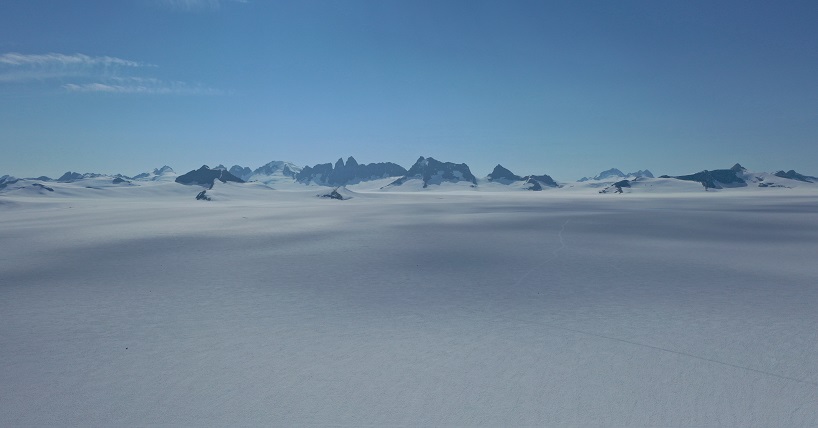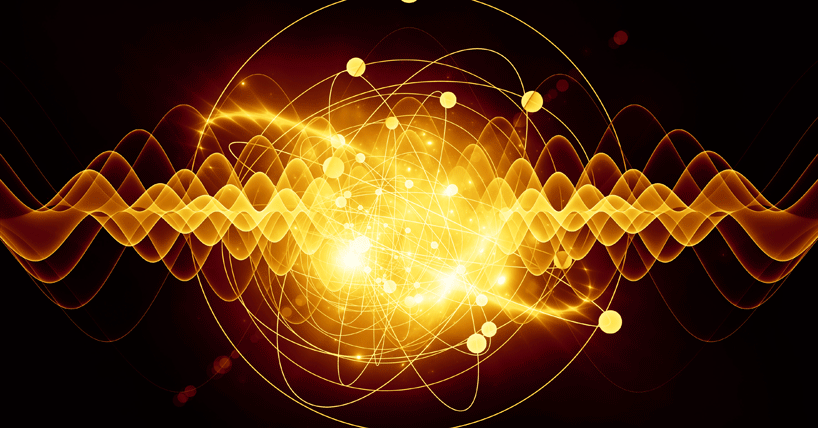Alaska glacier melt accelerating
Melting of Alaskan glaciers shown to be accelerating
Published on: 2 July 2024
Melting of glaciers in a major Alaskan icefield has accelerated and could reach an irreversible tipping point earlier than previously thought, research led by Newcastle University suggests.
The research found that glacier loss on Juneau Icefield, which straddles the boundary between Alaska and British Columbia, Canada, has increased dramatically since 2010.
The team, which included universities in the UK, USA and Europe, looked at records going back to 1770 and identified three distinct periods in how icefield volume changed. They saw that glacier volume loss remained fairly consistent from 1770 – 1979 at between 0.65- 1.01 km3 per year, increasing to 3.08-3.72 km3 per year between 1979-2010. Between 2010-2020 there was a sharp acceleration when the rate of ice loss doubled, reaching 5.91 km3 per year.
In particular, the research, published in Nature Communications, found that icefield-wide, rates of glacier area shrinkage were five times faster from 2015-2019 relative to 1948-1979.
Overall, the total ice loss across the Juneau icefield between 1770-2020 (315.3 ± 237.5 km3) equated to just under a quarter of the original ice volume.
The increased rate of glacier thinning has also been accompanied by increased glacier fragmentation. The team mapped a dramatic increase in disconnections, where the lower parts of a glacier become separated from the upper parts. Additionally, 100% of glaciers mapped in 2019 have receded relative to their position in 1770, and 108 glaciers have disappeared completely.

Study lead, Dr Bethan Davies, Senior Lecturer, Newcastle University, said: “It’s incredibly worrying that our research found a rapid acceleration since the early 21st century in the rate of glacier loss across the Juneau icefield.
“Alaskan icefields – which are predominantly flat, plateau icefields - are particularly vulnerable to accelerated melt as the climate warms since ice loss happens across the whole surface, meaning a much greater area is affected. Additionally, flatter ice caps and icefields cannot retreat to higher elevations and find a new equilibrium.
“As glacier thinning on the Juneau plateau continues and ice retreats to lower levels and warmer air, the feedback processes this sets in motion is likely to prevent future glacier regrowth, potentially pushing glaciers beyond a tipping point into irreversible recession.”
Alaska contains some of the world’s largest plateau icefields and their melting is a major contributor to current sea level rise. The researchers think the processes they observed at Juneau are likely to affect other, similar icefields elsewhere across Alaska and Canada, as well as Greenland, Norway and other high-Arctic locations.
They also say current published projections for the Juneau icefield that suggest ice volume loss will be linear until 2040, accelerating only after 2070, may need to be updated to reflect the processes detailed in this latest study.
Dr Davies said: “This work has shown that different processes can accelerate melt, which means that current glacier projections may be too small and underestimate glacier melt in the future.”
The team used a combination of historical glacier inventory records, 20th century archival aerial photographs, and satellite imagery as well as geomorphological mapping conducted during fieldwork in 2022 to piece together a comprehensive picture of changes over the past 250 years.
Dr Robert McNabb, Lecturer in Remote Sensing, Ulster University, said:
"What was really exciting about this research was piecing together thousands of archived aerial photographs to extract elevation, which gave us a really detailed insight into the long-term behaviour of the icefield.
“Putting together this archive of photographs, collected 70 and 50 years ago, was a little like doing the world's hardest jigsaw puzzle but the quality of the imagery meant we were able to reconstruct the icefield elevation in the pre-satellite era for the first time. Longer term archives like this one are an incredibly valuable resource, as they give us a much better understanding of the thresholds for accelerating change, as we've seen on the Juneau Icefield.”
Reference: Bethan Davies et al (2024) ‘Accelerating glacier volume loss on Juneau icefield driven by hypsometry and melt-accelerating feedbacks’, Nature Communications. DOI: 10.1038/s41467-024-49269-y



